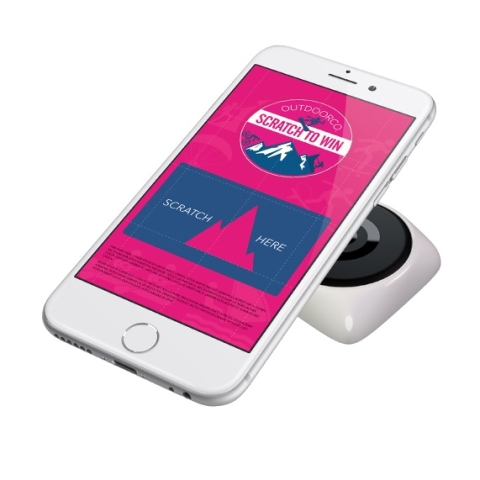Using Technology to Influence Attendee Behavior

With the proliferation of mobile devices and the Internet of things, trade organizers and exhibitors are looking for new ways to leverage those devices to influence attendee behavior. The trick is in delivering an experience that attendees want vs. forcing an experience on attendees that only benefits the organizer or exhibitor.
Most apps and technology that propose to enhance your attendees’ experience and connect buyers with sellers fall into two distinct categories; active and passive technology.
Active technology requires the attendee to perform an action. That action might be taking action within an app or hovering over or tapping their phone on a transmitter.
Passive technology pushes content to the attendee’s device based on location and time relevance. Beacons are an example of passive technology. Ideally, information is pushed to the attendee based on their pre-determined preferences.
Dave Wentker, CEO of Tapcentive prefers an active experience. He says that their technology is rooted in the fundamentals of marketing and advertising. Wentker feels that people don’t want brands or event organizers pushing information to their devices. People want to select actively the information they want to receive.
“We come from a background where opt-in consumer driven engagement is not only critical to a positive experience, but it’s the only way you’ll build up a habit where people will do it over and over again.”
Tapcentive is a location driven technology that has its origins in retail. “But our solution is designed to drive people into and around any location, all the while encouraging repeat engagement via mobile,” said Wentker.
The show organizer could set up a treasure hunt to drive attendees to exhibit booths. Attendees might get a reward for "tapping" into ten booths prompting a download of content.
Wentker also envisions exhibitors applying a door buster logic where the first 50 visitors to their booth get a high-value reward and late arrivals would get a reward of lesser value.
Tapcentive is designed to run within the show’s event app. The advantage to show organizers adopting this type of gamification is that it encourages more attendees to download and use the event app. You can’t play along if you don’t use the app.
It’s not surprising that much of this new technology we see at events have their origins in retail. Retailers are always looking for ways to drive foot traffic into their store and keep consumers there longer.
Retail stores and shopping malls are also looking to geo-location tools to track customer movement and alert them to special deals depending on where they are standing or where they are walking. The same type of activity you see on the trade show floor.
Aisle411, an indoor retail mapping and location service, and mobile platform allows shoppers to navigate easily through retail environments to find what they want quickly. Retailers can alert shoppers to special deals based on product interest or the shoppers' current location.
IndoorAtlas uses the Earth’s magnetic field to allow their customers to create accurate venue maps and floor plans for any location. Once you create the maps, you can add location-based features to direct behavior.
Technology is being developed at a rapid pace. What is exciting and new today may be old hat in just six months. Not only do event organizers need to be aware of new technology, but they have to know how to deploy it as well.
Iris Goldman, the founder of On Location Engagements (OLE), has this advice to offer. “It doesn’t matter what the technology is, whether it be beacons or something else. Success is based on improving the attendee experience and delivering the right, personalized content at the right time and in the moment.”


Add new comment